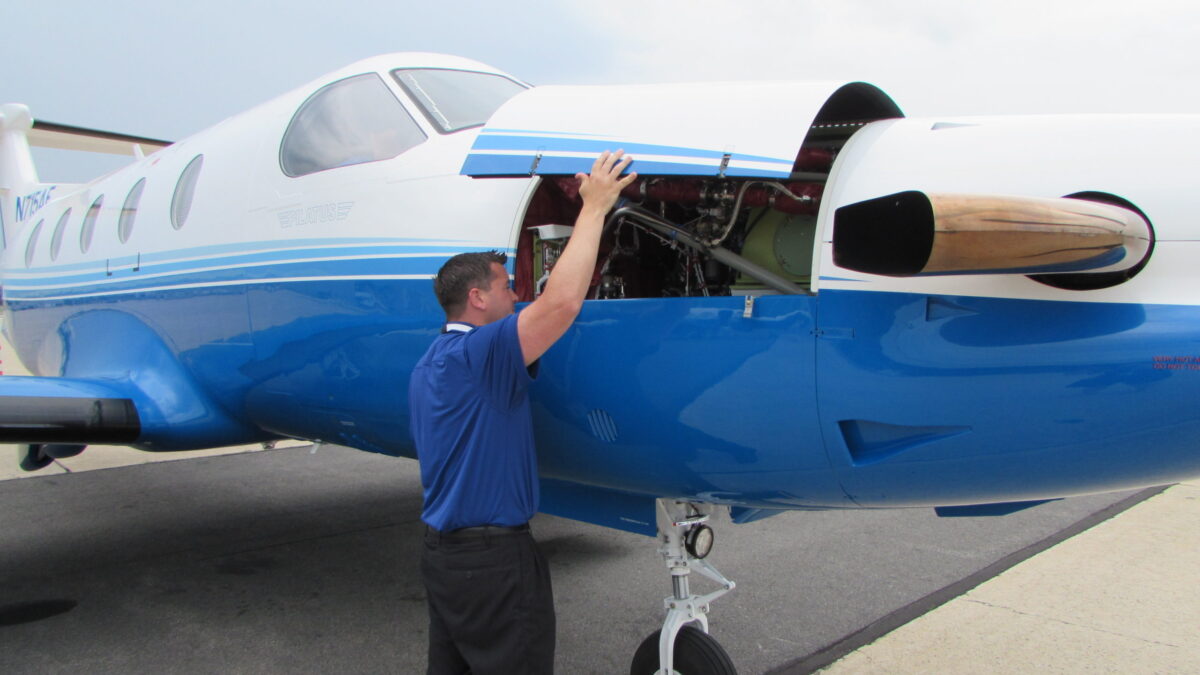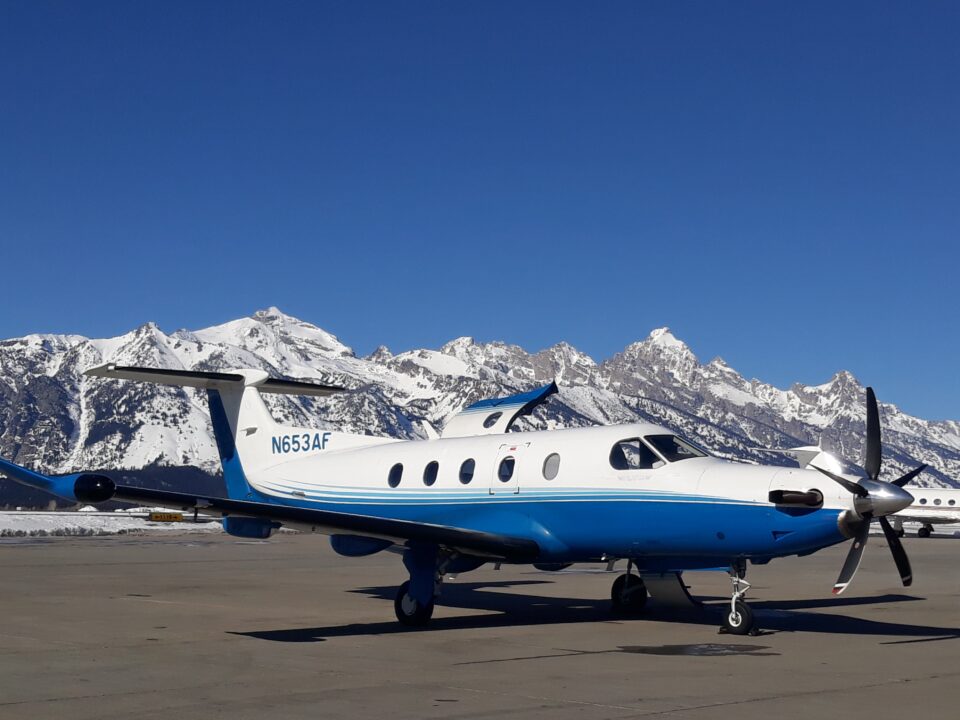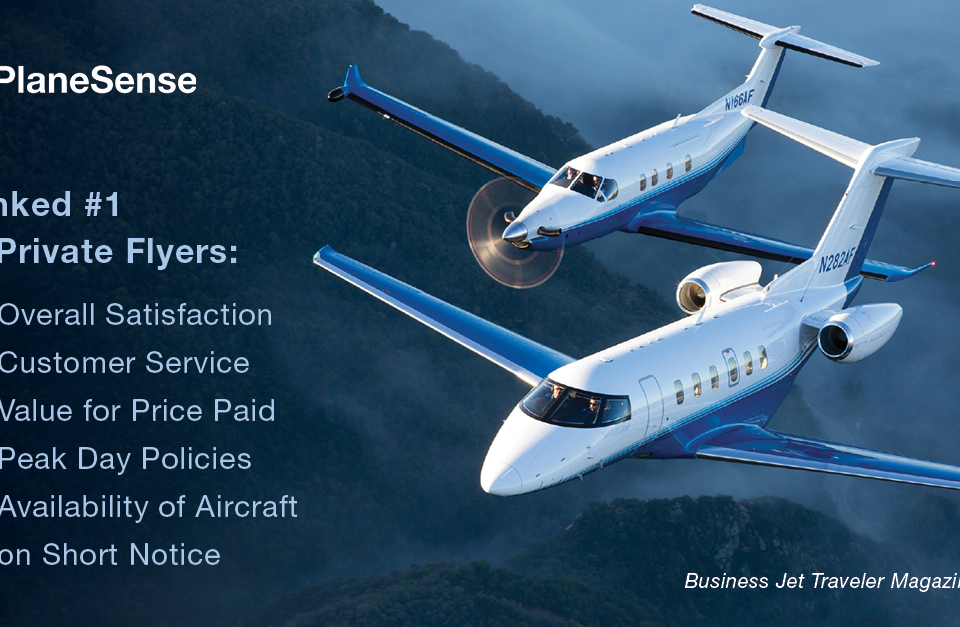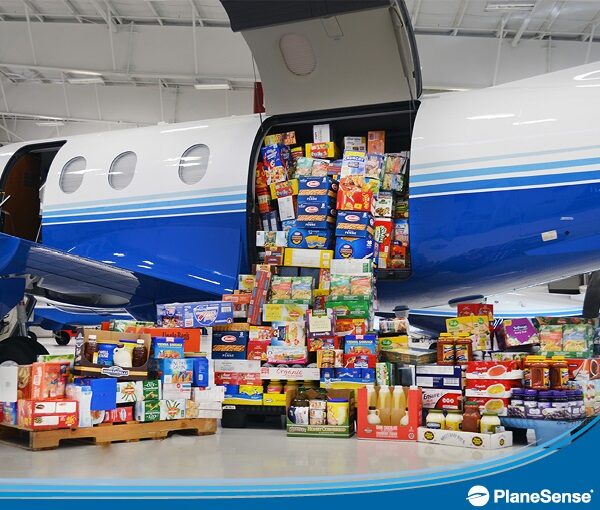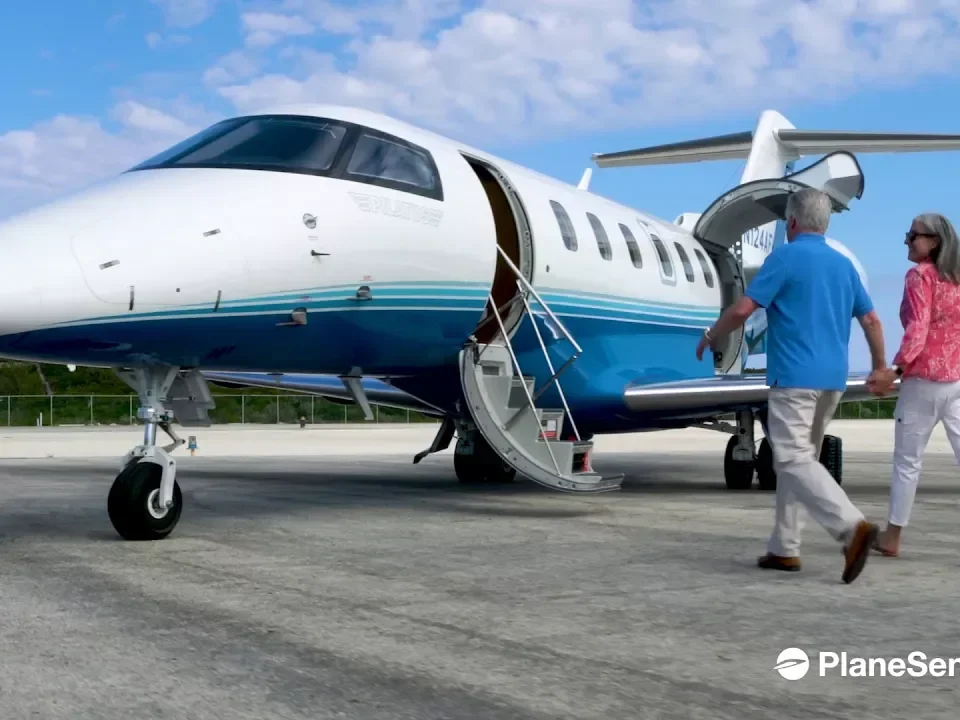Prior to operating the PC-12 that they are assigned to fly, PlaneSense® pilots perform a thorough pre-flight inspection to ensure the aircraft is airworthy and safe. For safety at Planesense, each crew spends significant time ensuring that the oil is filled appropriately, the fire detection system is not compromised, and that all plumbing and linkages are secure. Highlighted below are some of the additional points of the inspection. These include checking for general condition of aircraft parts and verifying that safety features are operating properly.
- Emergency Exit:
- Check that the safety pin is removed prior to takeoff
- Propeller and Inlet:
- Confirm the air inlet is free of obstructions
- Check for damage on each propeller blade
- Empennage:
- Inspect de-ice boots for damage
- Check rudder function and condition
- Ensure elevator trim is set appropriately
- Main Landing Gear:
- Check for hydraulic fluid leaks
- Check tire condition and inflation
- Verify the brakes aren’t worn excessively
- Environmental Control System Bays:
- Confirm oxygen level is appropriate for the flight
- Check the condition of the outflow valve
- Nose Gear:
- Check tire condition and inflation
- Check the taxi light and nose strut
- Cabin Air Stair Door:
- Ensure the hand railing is properly secured
- Check the door seal condition
- Fuel Bays:
- Check the fuel lines for condition
- Verify the fuel filter is not obstructed
- Cargo Door Area:
- Inspect for complete latch functionality
- Check the door seal
- Check the hydraulic fluid level
- Wings:
- Check that all lights work
- Ensure the fuel caps are secure
- Check the condition of the de-ice boots



